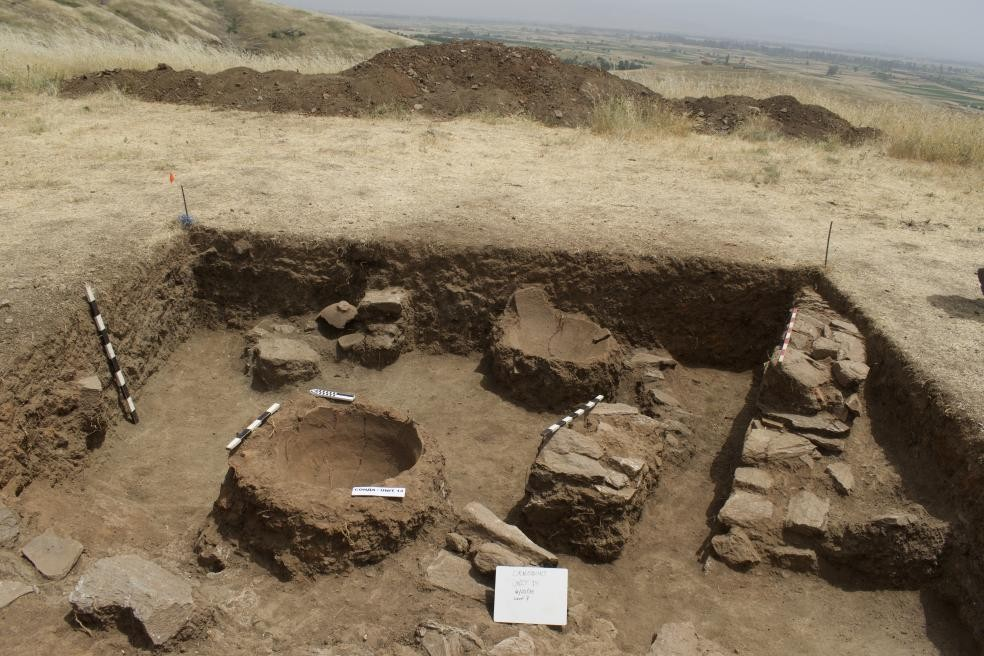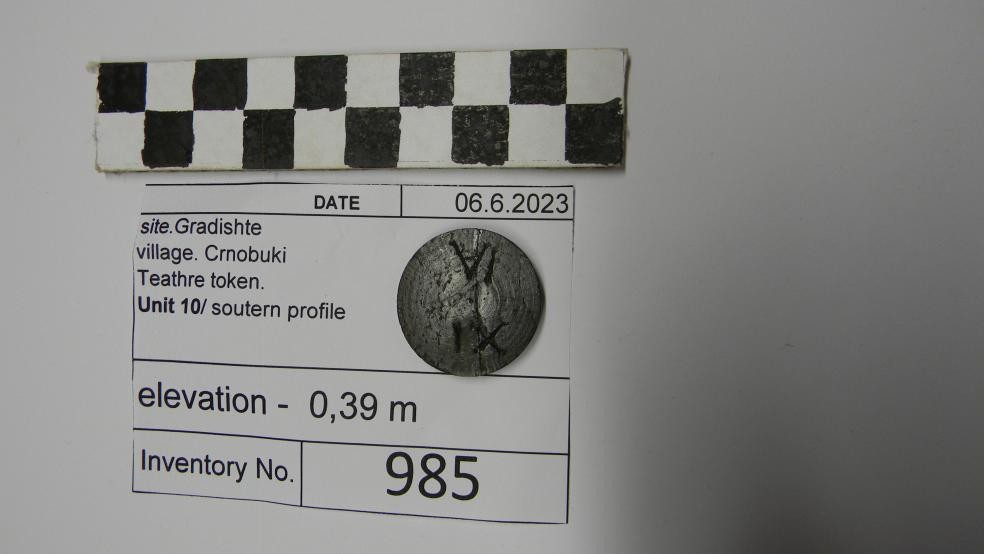An archaeological dig at a site first mentioned in literature back in 1966—but left unexplored for decades—has uncovered a remarkable ancient settlement. Far from being a simple outpost, the site reveals a vibrant community located at a major crossroads of commerce and culture, rich in both history and material wealth.
Recent excavations in Gradishte, North Macedonia, have brought to light this significant ancient city. The discovery challenges long-held assumptions about the region's historical importance and paints a far more complex and vibrant picture of its past.
Not Just a Military Outpost
Initially thought to be a Roman-era military outpost, Gradishte has now been identified as a thriving city with a dynamic cultural and economic life that predates the Roman Empire by centuries.
A joint research effort involving Pennsylvania Polytechnic, the Institute in Skopje, and the City Museum of Bitola has revealed that the acropolis of Gradishte covers at least seven acres. This substantial area has yielded a treasure trove of artifacts—including stone axes, coins, a clay theater ticket, ceramics, toy fragments, and textile tools—offering compelling evidence of a flourishing settlement dating back to at least 360 BCE.
A Lost Capital?
Archaeologist Nick Angeloff has suggested that this could be the long-lost capital of the Kingdom of Lynkestis, an ancient polity within the broader realm of Ancient Macedonia, founded in the 7th century BCE.
“This is a major discovery,” Angeloff said. “It highlights the intricate networks and power structures of ancient Macedonia, especially given the city’s strategic position near the trade routes to Constantinople. Historical figures like Octavian and Agrippa may have passed through this area en route to their legendary confrontation with Cleopatra and Mark Antony at the Battle of Actium in 31 BCE.”
Though the site was first documented in 1966, it remained untouched until recently. Thanks to cutting-edge archaeological technologies like ground-penetrating radar and drone-assisted lidar scanning, researchers now have a much clearer picture of the city’s scale and influence.
One of the most remarkable finds was a coin minted during the reign of Alexander the Great (325–323 BCE), which has pushed the estimated founding of the city even further back. Evidence now suggests human habitation may date as far back as the Bronze Age (3300–1200 BCE).
Unlocking the Past
Engin Nasuh, an archaeologist and advisor to the National Institute and Museum of Bitola, emphasized the significance of the discovery:
“We are only just beginning to understand the history of this period. These findings not only illuminate the ancient past of the Balkans but also enhance our overall understanding of Macedonian civilization.”
Possibly Europe’s First Modern State
Artifacts unearthed at Gradishte—including carbon samples and human remains—date from 360 BCE to as late as 670 CE, indicating a long era of continuous occupation and cultural evolution. This ancient state, considered one of the first modern political entities in Europe, played a crucial role in shaping the political and cultural landscape of the region.
Among the many finds is a ceramic theater ticket, a striking example of the cultural sophistication of the settlement.
Photo: Courtesy of Cal Poly Humboldt's Cultural Resources Facility
As the excavation progresses, students, professors, and researchers from the participating institutions remain committed to piecing together the full story of this ancient city. Nasuh likens their work to assembling a massive jigsaw puzzle—where each new discovery adds another piece to the complex picture of early European civilization.










